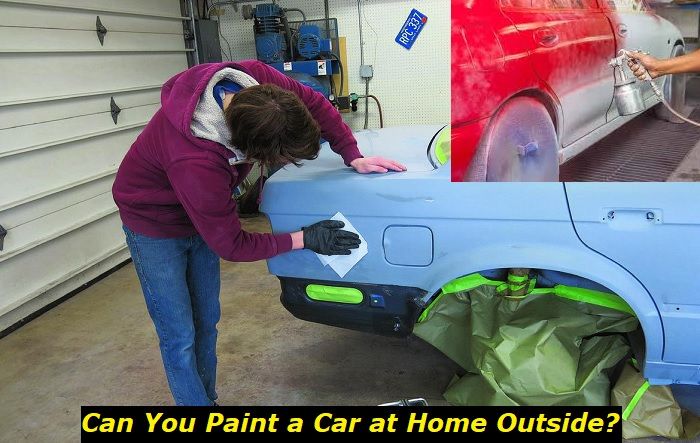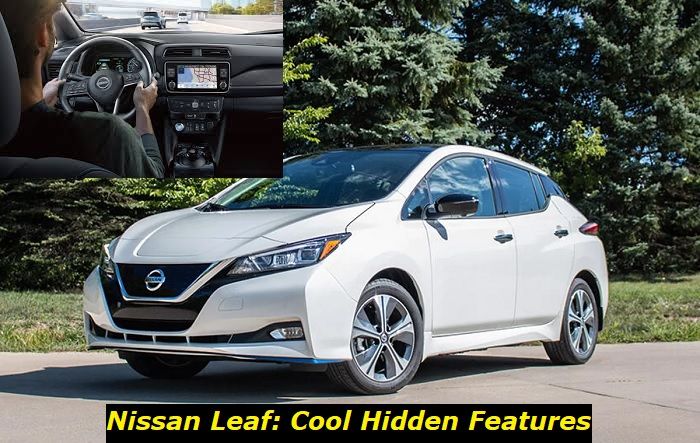The most common reason for hearing a single clunk when starting your car is a starter problem. This may sound obvious, but there are other causes that this guide will explore in subsequent sections. I'll also describe a variety of ways you can put an end to that unwanted sound.
Starter motor problems highlights
- Level of urgency:Medium
- Can you drive?Yes, if it starts
- DIY inspection:Possible but complicated
- DIY repair:Impossible
- Price for repair:$300 - $650
- Common Reasons:Internal problems, gear issues, flywheel problems, mount problems
- Ways to fix:Have it repaired by a professional

When Your Car Produces a Clunking Noise: Checking the Transmission Fluid First
A clunking sound coming from your car may be telling you that something is seriously wrong with the vehicle. It may require urgent attention by a professional auto repairer. So don't take it for granted until you're sure about the source of the problem.
One check that you should perform is a transmission fluid inspection. Transmission fluid is essential to a vehicle's workings because of the lubrication, cooling, and other benefits it provides.
You may want to take a close look at the fluid to see the amount of metal shavings it contains. Seeing many metal shavings inside could be evidence of a broken or damaged transmission part. For example, the gear sets may be worn out badly.
The hassle continues when you can't find any trace of metal shavings in the transmission fluid. You'd have to examine other parts of your car for loose or damaged components. For example; damaged and shifted transmission and engine mounts. See others in the next section.
Other Possible Causes or Locations of Your Car's Clunking Sound
I'll elaborate further on the potential sources of the clunk you hear in this section. Let's take a look at eight others.
1) Starter/ Starter Motor
As stated earlier, a faulty starter could be the culprit. It may be that the solenoid which regulates the electrical current that passes through the starter is defective.
Starters are devices that crank or rotate internal combustion engines. They do so to make the engine start working by utilizing its own power. Starters are also called self-starters, starter motors, and cranking motors.
2) Gear on the Flywheel/Starter Ring Gear
Another possibility is the gear on the flywheel being worn down after a long period. Such a situation will cause components to be wrongly arranged when the car is started.
The gear on the flywheel is a toothed metal ring that's important to your car's self-starting mechanism. It stays on the flywheel and drives the pinion (smaller gear) of the starter motor to crank the engine when you start your car.
3) Battery Issues
Check your battery connections as well. A wire may just be loose somewhere. You might want to think about the life span of your battery and the possibility that it's due for a replacement. There may be a dead cell in the battery pack. Get a new battery installed ASAP once you know the battery is no more usable.
4) Drive Shaft
Don't forget to investigate the drive shaft (propeller shaft) which is a component of the drivetrain of your car. Drive shafts transmit mechanical power, torque, and rotation to other drivetrain parts which can't be reached directly due to inadequate proximity.
The above description should be convincing enough for the drive shaft to be suspected because it's a moving part of the vehicle. A fault in it will definitely produce some noises; including a possible clunk.
5) Exhaust System
The exhaust system may have shifted abnormally and/or gotten damaged. One symptom is the isolation of the clunking sound to one side of your car without visible physical damage.
6) Sensor Malfunction
The transmissions of recent model-year cars feature sensors. They may relay incorrect commands that can cause you to hear the sound.
7) Bendix Gear
The problem is most likely a stuck solenoid Bendix gear if the starter is spinning with no crank.
Fixes for the Single Clunk Noise
My general advice is for you not to go the DIY way for most of the problems explained in the previous section. They require the expertise of a professional. Attempting them would be too risky, complicated, and tedious.
1) Hit the Starter
Look for the starter and use a hammer to hit it many times. Try to start your car again after and you may be lucky. Another trick involves getting someone to help you hit the starter moderately as you try to start the vehicle.
A failing or defective starter will deteriorate as time passes. It could lead to smoke coming out of the vehicle or the engine no longer crank. Swapping out the unit can take many hours for a professional mechanic to finish, so hire an expert for the job ASAP.
2) Clean the Battery Terminal
Clean the area carefully to get rid of all the corrosive materials; including dirt and grease. It will create a clear and safe area for an effective connection and your car may start after.
3) Reset the Bendix Gear
You may also discover that a Bendix gear is stuck. Dislodge it and try to start your car again if this is the case.
4) Test the Alternator
Measure your battery's voltage if you manage to get the engine running. It should be a minimum of 13.6 volts for the battery to charge properly. Hearing a clunk means that the battery has adequate energy to make the starter engage, but the power is too low for the starter to turn.
A simple way to check the battery power is by switching on the headlights and trying to start the car. You can consider the battery to be in good condition if the lights don't go dim or off. Inspect all the battery's connections as well.
5) Examine and Refill the Transmission Fluid
You don't need to worry about this section if your car has a transmission that's "sealed for life". Such types don't require refills or checks and have no dipsticks. Just focus on other checks. The DIY process of checking and topping up transmission fluid has been described in a step-by-step approach below.
- Step 1:
Park the vehicle on a level surface by engaging the parking brake.
- Step 2:
Start the engine and set the vehicle to neutral/park.
- Step 3:
Wait for the engine to warm up while leaving it running. Although some manuals may state the opposite. Some will require you perform to the procedure when the engine is off.
- Step 4:
Look for the automatic transmission fluid dipstick. It's usually located near the spot where the transmission or transaxle joins the engine's rear. It may look like the engine oil dipstick.
- Step 5:
Take out the dipstick and clean it. Be careful of the fluid's possibly hot temperature.
- Step 6:
Re-insert the dipstick and take it out again to see if the fluid needs a top-up based on where the level is. The limits are usually labeled as "full", "fill", "low", etc.
- Step 7:
Perform a refill using a long-neck funnel stuck into the dipstick hole. Gradually pour and check the liquid until the desired level is gotten to. Be careful not to overfill the tank or spill the fluid on the hot parts of the engine.
- Step 8:
Re-insert the dipstick to end the refill
6) Perform a Transmission Flush and Hardware Repairs
Check the number of metal pieces in the tank as well as the fluid's quality to determine the need for a transmission flush. Assess its color and smell to see if it looks old or smells burnt. It's recommended that transmission fluid is changed every 30,000-60,000 miles. This is dependent on the car's make and model.
It's best to call a mechanic to perform the flush than do it the DIY way. You'll also need a professional to replace any damaged/worn-out internal parts.
The presence of shavings in transmission fluid is normal, but it can be problematic if they're too many. The percentage of metals shouldn't be more than 5% in the fluid. A high concentration means that it's time to clear out the tank and replace whatever internal part that's wearing out.
A delay in periodic fluid changes can cause the gears to grind. This is because the fluid's lubrication properties will become less potent over time. So keep this in mind as a preventive measure against the clunk.
You can touch and feel the metal shavings and some other elements like grime, metal fragments, metal flakes, and so on. Get rid of them quickly to avoid trouble with gear shifting and noise production.
Conclusion
Hopefully, the fix you need is a simple swapping out of the starter or the other easy repairs. And now you know that a starter replacement can be done the DIY way. It doesn't involve a complicated and costly process like a transmission change. Still, you can get a good mechanic for the job if you aren't up for it.
About the authors
The CarAraC research team is composed of seasoned auto mechanics and automotive industry professionals, including individuals with advanced degrees and certifications in their field. Our team members boast prestigious credentials, reflecting their extensive knowledge and skills. These qualifications include: IMI: Institute of the Motor Industry, ASE-Certified Master Automobile Technicians; Coventry University, Graduate of MA in Automotive Journalism; Politecnico di Torino, Italy, MS Automotive Engineering; Ss. Cyril and Methodius University in Skopje, Mechanical University in Skopje; TOC Automotive College; DHA Suffa University, Department of Mechanical Engineering






Add comment